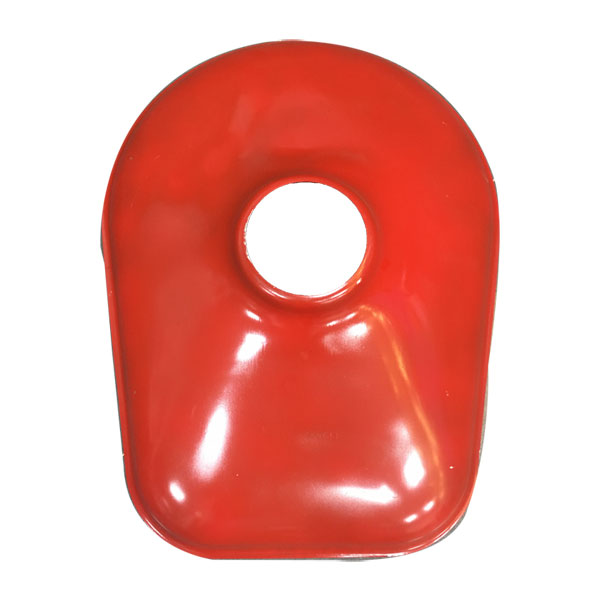Key parts typically found in an automobile exhaust system
2024-06-21
Automobile exhaust systems are crucial components responsible for directing exhaust gases from the engine out of the vehicle while also reducing harmful emissions and noise levels. They consist of several parts that work together to achieve efficient exhaust gas flow and emissions control. Here are the key parts typically found in an automobile exhaust system:
1. Exhaust Manifold:
- Function: Collects exhaust gases from multiple cylinders and directs them into a single pipe leading to the rest of the exhaust system.
- Material: Usually made of cast iron or stainless steel for durability and heat resistance.
- Design: Can be either a manifold with integrated catalytic converter (in newer vehicles) or a separate component.
2. Catalytic Converter:
- Function: Reduces harmful emissions by converting toxic gases like carbon monoxide (CO), hydrocarbons (HC), and nitrogen oxides (NOx) into less harmful substances (CO2, H2O, N2).
- Structure: Contains a catalyst (often platinum, palladium, or rhodium) coated on a ceramic or metallic honeycomb substrate inside a stainless steel housing.
- Location: Usually positioned downstream of the exhaust manifold.
3. Exhaust Pipe:
- Function: Transports the exhaust gases from the manifold and catalytic converter to the rear of the vehicle.
- Material: Made of stainless steel, aluminized steel, or other corrosion-resistant materials.
- Design: Can include multiple sections or bends to fit the vehicle’s layout and minimize noise.
4. Muffler:
- Function: Reduces noise levels produced by the engine and exhaust gases through acoustic absorption and reflection.
- Internal Structure: Contains baffles, chambers, and perforated tubes that disrupt and cancel out sound waves.
- Materials: Constructed from stainless steel, aluminized steel, or sometimes fiberglass for sound insulation.
5. Exhaust Resonator:
- Function: Further reduces noise and can help improve engine performance by tuning exhaust pulses.
- Structure: Similar to a muffler but designed to specifically target certain sound frequencies.
- Placement: Positioned between the catalytic converter and muffler or integrated within the muffler assembly.
6. Exhaust Tailpipe:
- Function: Guides the exhaust gases from the muffler to the exterior of the vehicle, typically exiting at the rear.
- Design: May include a decorative tip and can vary in diameter and shape for aesthetic purposes.
Additional Components (Depending on Vehicle and Configuration):
- Oxygen Sensor (O2 Sensor): Monitors the oxygen content in the exhaust gases to optimize fuel-air mixture and ensure efficient catalytic converter operation.
- Exhaust Gas Recirculation (EGR) Valve: Reduces nitrogen oxide emissions by recirculating a portion of exhaust gases back into the engine intake.
- Diesel Particulate Filter (DPF): Captures and burns off particulate matter (soot) from diesel engine exhaust.
- Exhaust Heat Shield: Insulates nearby components from the heat generated by the exhaust system.
Considerations in Exhaust System Maintenance and Upgrades:
- Corrosion Resistance: Choose materials that resist corrosion, especially in regions with harsh climates.
- Performance Upgrades: Upgrading to aftermarket exhaust components can enhance engine performance, sound quality, and aesthetics.
- Emissions Compliance: Ensure all components meet local emissions regulations to avoid legal issues.
Automobile exhaust system parts play a critical role in vehicle performance, emissions control, and noise reduction. Regular maintenance and proper selection of components are essential for ensuring efficient operation and compliance with environmental standards.



